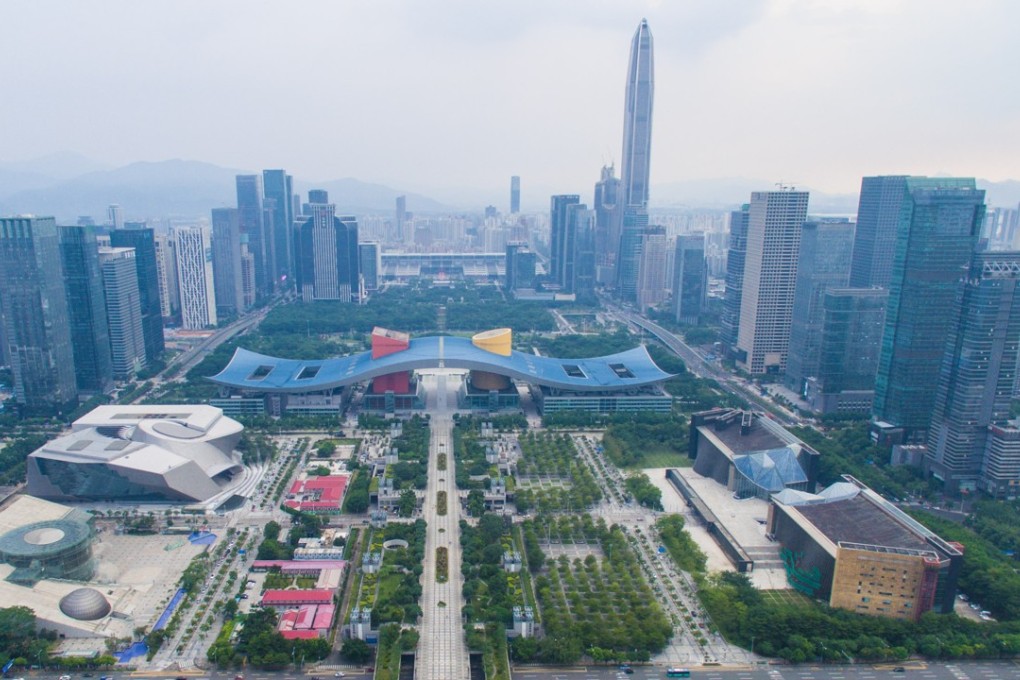Shenzhen economy closing in on Hong Kong under revised calculation methods
Inclusion of R&D spending in GDP calculations means mainland city may soon overtake its illustrious neighbour

Once a small fishing village on the outskirts of Hong Kong and not so long ago a haven for manufacturing sweatshops, Shenzhen, in southern China’s Guangdong province, might very soon overtake its illustrious neighbour in economic terms.
In the first three quarters of 2017, the boomtown’s economic output rose 8.8 per cent year on year to 1.54 trillion yuan (US$232.66 billion). While the figure fell short of Hong Kong’s HK$1.94 trillion (US$248.27 billion) for the period – up about 7 per cent in nominal terms from the first nine months of 2016 – the gap between the pair is narrowing.
What’s more, an official from the Shenzhen statistics bureau, who declined to be named, told the South China Morning Post that the city’s economy was set to receive a significant boost as a result of a revision to accounting methods.
“In the fourth quarter, we will follow the provincial statistics department’s lead in using a new method of calculating gross domestic product to revise up Shenzhen’s economic figures for the year,” the person said.
